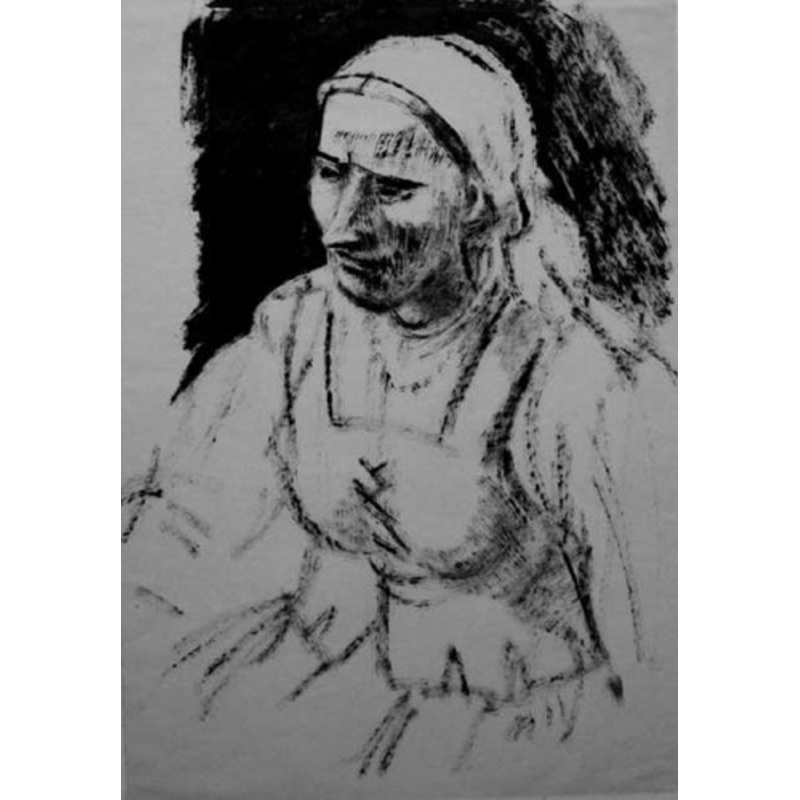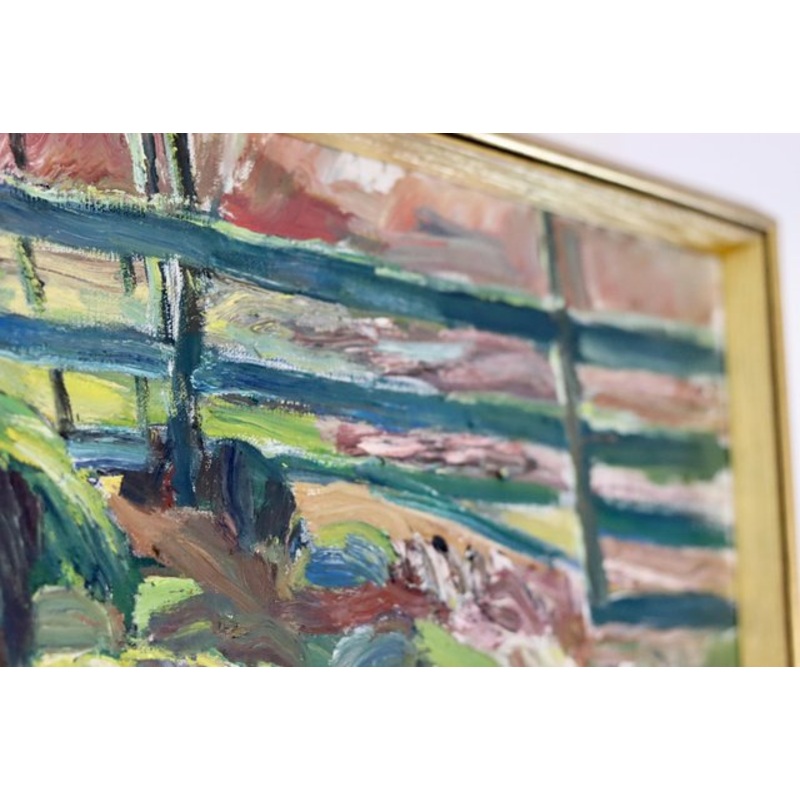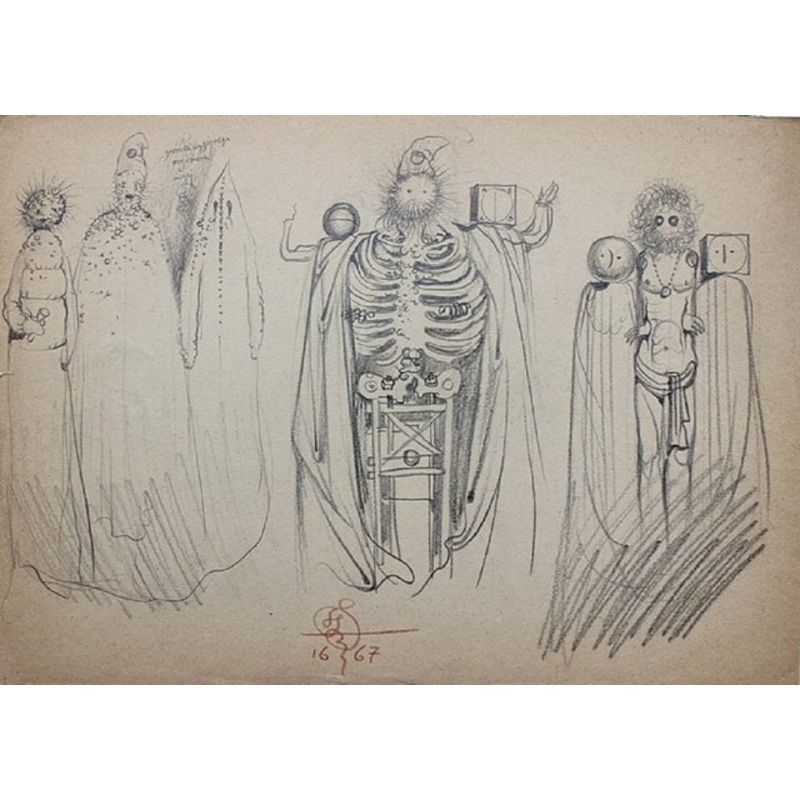Description
Hans Liska
Vienna 1907 – 1983 Wertheim
Register Aria, Don Juan
Gouache on cardboard
Signed lower right, titled lower left
Representation: 50 x 41 cm
Frame: 69 x 59 cm
good original condition
Hans Liska attended business school and then worked as an office assistant. Additional income as a piano player enabled him to attend the Vienna School of Applied Arts. There he was a student of Berthold Lffler (Kokoschka’s friend).
He initially worked as a commercial artist in St. Gallen, Switzerland, and then attended the Munich School of Applied Arts under Emil Preetorius and Walther Teutsch.
Supported by Ullstein Verlag, he attended the Steinplatz Art School in Berlin in 1933 as a student of Ferdinand Spiegel. After the outbreak of the Second World War, he was drafted as a soldier in 1939 and became a photo reporter for a propaganda company and special squadron. His drawings from the various war fronts appeared in many newspapers, including in neutral countries. Two of his sketch books from 1942 (Junkers) and 1944 (Hans Liska) are sought-after rarities today. from 1933 until 1944, he was a press illustrator for the Berliner Illustri(e)rte Zeitung, for example for the special issues on the 1936 Olympic Games, and the propaganda paper Signal. He also made a drawing of the largest studio in the world, a huge hall built in Baldham near Munich for Josef Thorak based on a design by Albert Speer. The powerful groups of figures for the March Field in Nuremberg were to be created here. The painting shows how a clay form is created from a living model (for example a horse), then a four meter high model and finally a colossal horse statue. A second illustration shows the transport of the finished horse figure to the railway tracks for loading and transport to the destination.
After the end of the war, Liska stayed in Germany. In 1945, his sketchbook from the war, which had been published by Buhrbanck in Berlin in 1944, as well as all foreign-language editions of it were placed on the proscription list for literature to be separated under number 17549.
In 1948 he married Elisabeth, called Lisl ne Schmid (* 1922), in Schelitz near Bamberg. The marriage resulted in two daughters, Angelika and Gabriele.
In Schelitz, Liska used his drawing talent for the magazines Quick and Hrzu. He worked for years in advertising, particularly for the automobile industry, at Daimler-Benz, but also for the Cologne companies Ford and Mlhens (4711). Other clients included Kaufhof-AG, Degussa, Mrklin, Quelle, Farbwerke Hoechst, Lederer Bierkontor, Sektkellerei Henkell and Rauchbierbrauerei Schlenkerla (Bamberg). from 1960 onwards he created his city and landscape books with sketches from Salzburg, Bamberg, Cologne, Kulmbach and Franconia.
Around 1970, the Kaiser porcelain company in Bad Staffelstein brought numerous jugs, bowls and mainly wall plates with over 200 Liska motifs from the cities of Knigsberg, Danzig, Breslau, Berlin, Munich, Aachen, Bamberg etc. onto the market.
His preference for Mozart’s operas was reflected in the 1982 volume of drawings and pictures, Magic of the Stage. In an autobiography in the illustrated book Malerisches Kulmbach (1985), Liska confessed to being an admirer of Oskar Kokoschka, Pablo Picasso and Max Ernst.
| Period | 1960 to 1969 |
|---|---|
| Production Period | 1960 to 1969 |
| Country of Manufacture | Austria |
| Identifying Marks | This piece has an attribution mark |
| Style | Modernist |
| Detailed Condition |
Excellent This vintage/antique piece is in near original condition. It may show minimal traces of use and/or have slight restorations. |
| Product Code | QFT-2036171 |
| Materials | Gouache |
| Color | Multicolored |
| Width |
59 cm 23.2 inch |
| Depth |
2 cm 0.8 inch |
| Height |
69 cm 27.2 inch |
| Duties Notice | Import duty is not included in the prices you see online. You may have to pay import duties upon receipt of your order. |






Reviews
There are no reviews yet.